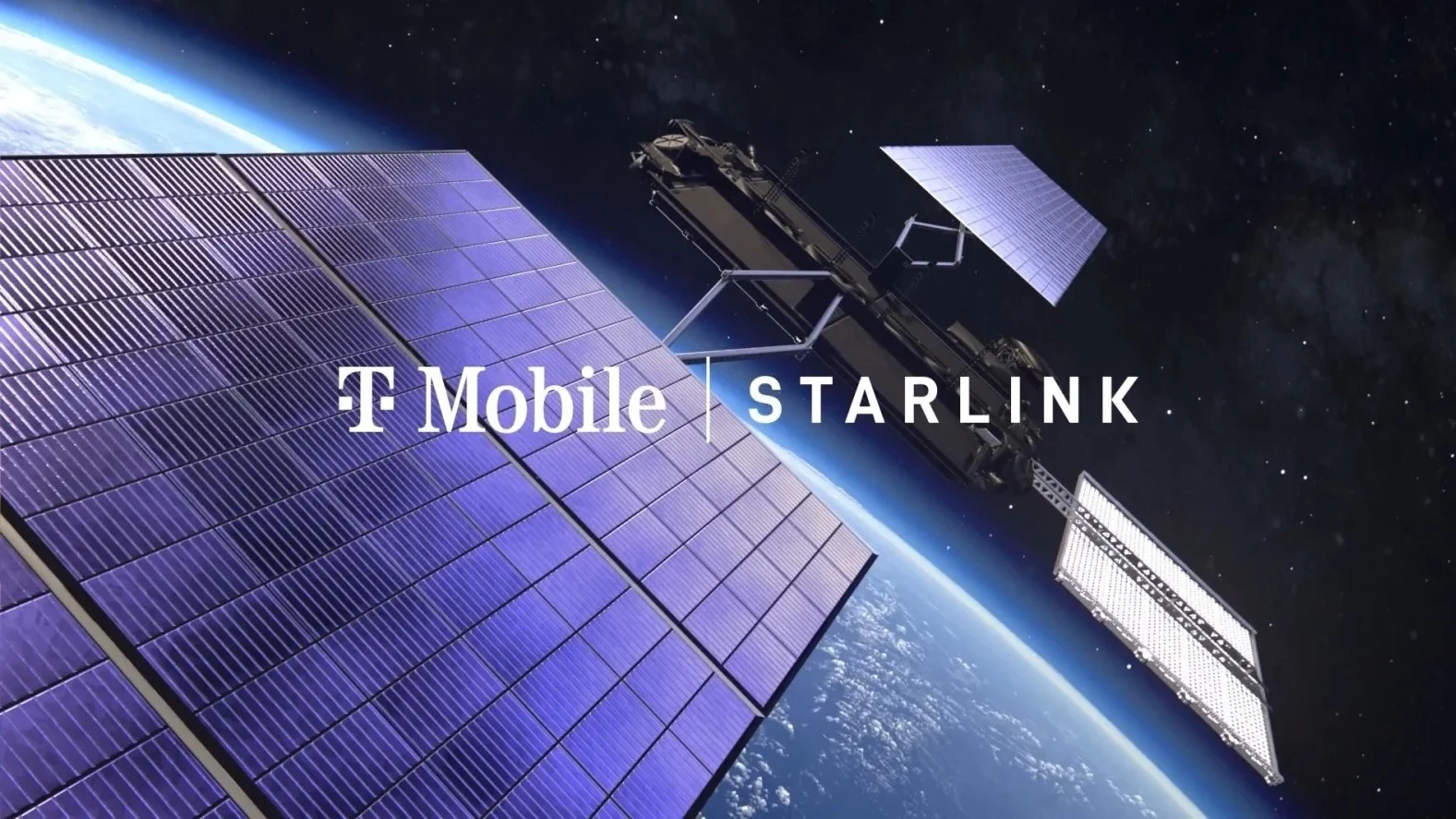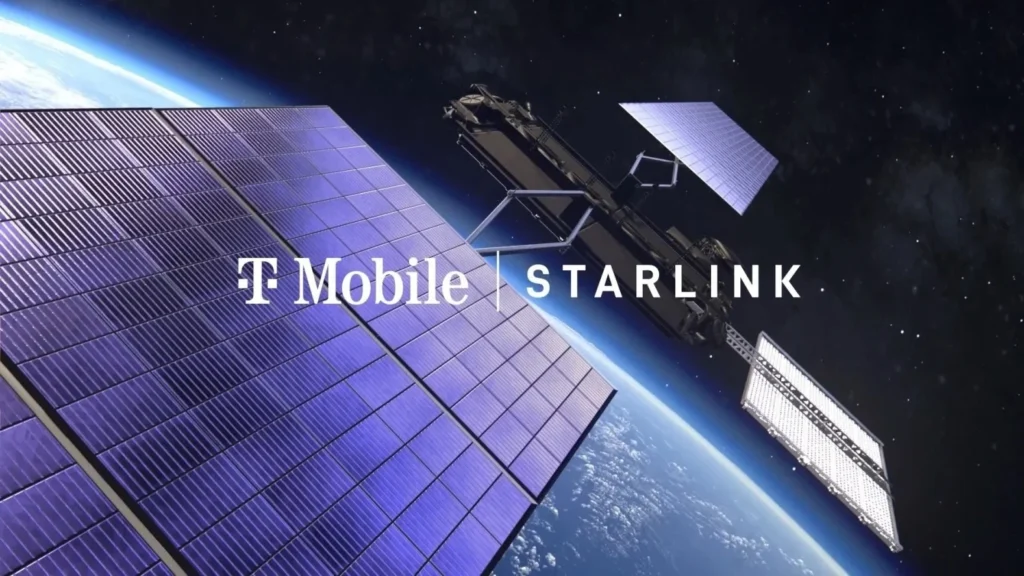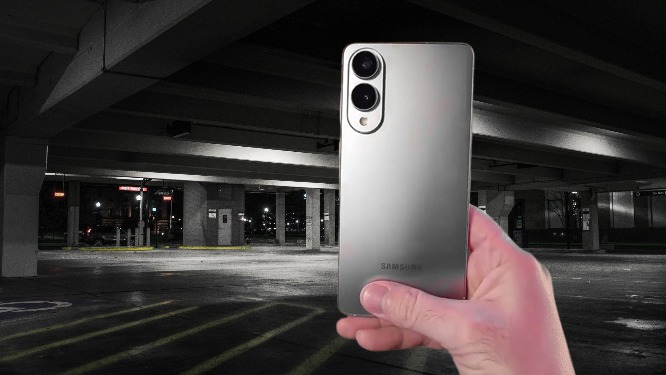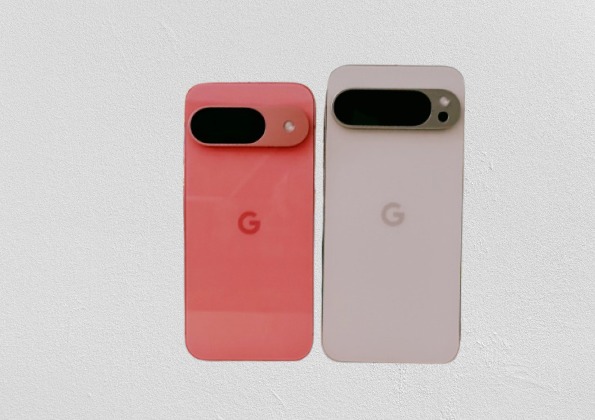Imagine slipping on a sleek, featherlight headset that transports you into a vibrant world of augmented and virtual reality without breaking the bank. That’s the promise of the Apple Vision Air, rumored to launch between late 2025 and mid-2026. As a more affordable and lighter successor to the premium Apple Vision Pro, this headset is poised to make waves in the tech world. Let’s dive into why the Vision Air could be the game-changer we’ve all been waiting for in spatial computing.
Why the Apple Vision Air Matters
Apple’s first foray into AR/VR with the Vision Pro was a technical marvel, but its hefty $3,499 price tag and nearly 1.5-pound weight left many yearning for a more accessible option. Enter the Vision Air, designed to address these pain points. Reports suggest it will be significantly cheaper—potentially around $1,999—and lighter, thanks to innovative materials like titanium for internal components and an aluminum outer body. This makes it a compelling choice for gamers, professionals, and casual users alike.
The Vision Air isn’t just about affordability; it’s about bringing spatial computing to the masses. With growing interest in immersive gaming, virtual workspaces, and AR-driven entertainment, Apple is betting big on a headset that balances performance and practicality. Curious about what sets it apart? Let’s explore its standout features.
A Lighter, Sleeker Design
One of the biggest gripes with the Vision Pro was its weight, which could cause discomfort during extended use. The Vision Air tackles this head-on. Leaks indicate a thinner, more compact design, with a titanium frame that reduces weight by up to 20% while maintaining durability. A redesigned battery puck—smaller and lighter—further enhances portability.
Picture this: you’re watching a movie in a virtual theater or collaborating on a 3D project, and the headset feels like an extension of yourself, not a burden. The Vision Air’s rumored “Midnight” blue finish adds a touch of style, making it as fashionable as it is functional. For those who found the Vision Pro too bulky, this is a breath of fresh air.
Learn more about the Vision Pro’s design challenges at CNET.
Affordable Without Compromise
Price has been a barrier to AR/VR adoption, but the Vision Air aims to change that. While exact pricing remains under wraps, industry insiders like Bloomberg’s Mark Gurman suggest it could retail for $1,999 or less. This positions it as a direct competitor to the Meta Quest 3, which retails for $499 but lacks Apple’s ecosystem integration.
Despite the lower cost, the Vision Air won’t skimp on features. Expect a high-resolution display, seamless integration with visionOS, and support for Apple Intelligence features. From immersive gaming to virtual Mac monitors, it promises to deliver a premium experience at a fraction of the Vision Pro’s cost. For tech enthusiasts and professionals, this balance of affordability and performance is a dream come true.
What Can You Do with the Vision Air?
The Vision Air is more than a gadget; it’s a portal to new experiences. Imagine hosting a virtual meeting in a 3D workspace, playing AR-enhanced games, or watching movies on a massive virtual screen—all powered by Apple’s cutting-edge visionOS. The headset’s standalone design means no cables or external devices, offering freedom to explore mixed reality anywhere.
For creatives, the Vision Air could revolutionize workflows. Architects can visualize 3D models, filmmakers can scout virtual sets, and educators can create immersive classrooms. With Apple’s ecosystem, syncing with your iPhone, Mac, or iPad is seamless, making it a versatile tool for work and play.
The Road to 2026: Challenges and Expectations
While excitement is high, Apple faces hurdles. The Vision Pro struggled with limited content and consumer skepticism about AR/VR’s value. To succeed, the Vision Air needs a robust library of apps and games at launch. Apple is reportedly working on this, with visionOS 2.4 already introducing new spatial experiences.
Another challenge is competition. Meta’s Quest 3S and upcoming Quest 4 are strong contenders, and Samsung’s Galaxy Beyond XR headset is slated for 2025. Apple must leverage its brand loyalty and ecosystem to stand out. If it delivers, the Vision Air could redefine how we interact with technology.
Why the Vision Air Could Trend Globally
The Vision Air taps into a growing fascination with mixed reality. From virtual concerts to AR fitness apps, consumers are hungry for immersive experiences. By offering a lighter, cheaper alternative, Apple is poised to capture a broader market, especially in Western countries where tech adoption is high. Its sleek design and rumored features make it a hot topic for tech blogs, social media, and X discussions.
Posts on X already highlight the buzz, with users praising the potential for a titanium-built, lightweight headset. This social media chatter, combined with Apple’s global brand power, positions the Vision Air as a trending topic for 2025 and beyond.
Check out the latest Vision Air leaks at 9to5Mac.
The Future of Spatial Computing
As we look toward 2026, the Apple Vision Air represents more than a new gadget—it’s a step toward a future where AR and VR are part of daily life. Whether you’re a gamer, a professional, or a tech enthusiast, this headset promises to make spatial computing accessible and exciting. Apple’s track record of innovation suggests it could pull this off, turning skeptics into believers.
So, mark your calendars for 2026 and get ready to experience the world in a whole new way. The Apple Vision Air is coming, and it’s ready to lighten your load and your wallet while opening doors to endless possibilities.










